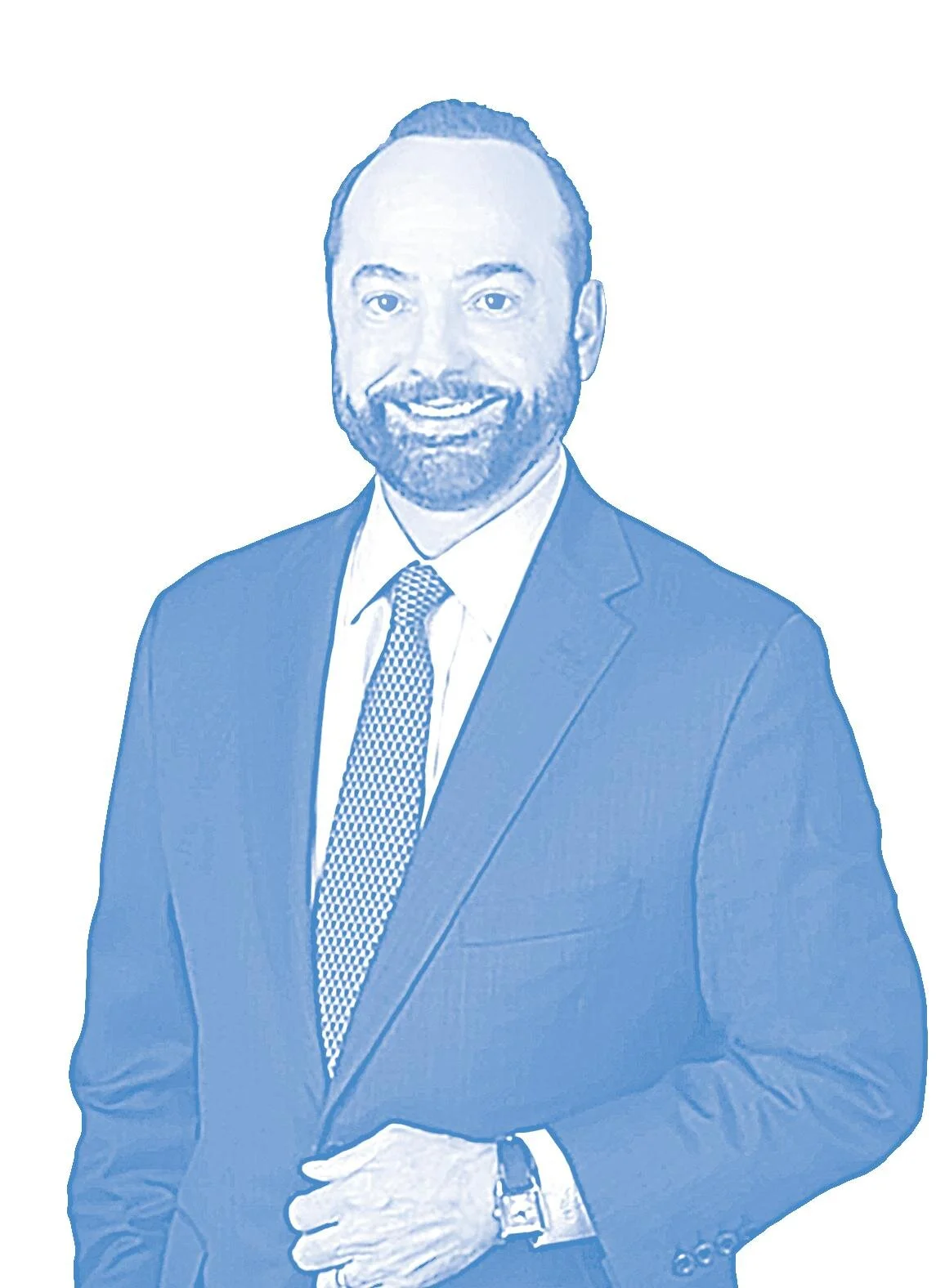MAKING THE INVISIBLE VISIBLE
By Ralph de la Vega
ACCORDING TO THE 2020 U.S. Census the Hispanic population grew at a rate of 23% to reach 62 million. This data also confirms what we feared: Hispanics continue to have the greatest representation gap on American corporate boards. While Hispanics now represent 18.7% of the population, they only represent 3.8% of the directors on Fortune 500 boards1. Unless something is done to change the current trends that gap will grow larger as Hispanics are expected to represent 27.5% of the U.S. population by 20602 .
Despite their under representation on Fortune 500 boards (and boards in general) I continue to get calls from qualified Hispanic candidates asking advice on how to get considered for board positions. They all seem to have one thing in common. They have a hard time getting noticed and feel like they are invisible to companies and search firms.
The Latino Corporate Directors Association (LCDA), the Hispanic Association on Corporate Responsibility (HACR), and Latino Leaders Magazine have worked for a number of years to highlight the disparity and to spotlight the great Hispanic talent available. These efforts (and those of many others) are starting to show results. The most recent issue of Spencer Stuart’s S&P 500 Board Diversity Snapshot shows that Hispanic directors make up 7% of the new S&P 500 Directors in 2021 compared to 3% in 2020. This is encouraging but much more progress needs to be made.
The recent approval by the Securities Exchange Commission (SEC) of Nasdaq’s (National Association of Securities Dealers & Automated Quotations) proposed rule changes3 should be a huge stimulant to drive diversity in the boardrooms across America. I applaud Nasdaq’s decision and have committed to work with Latino Leaders Magazine and others to develop and promote a vetted list of board-ready Hispanic candidates who can compete for these positions.
In the process of developing this list I have come across an amazing number of great candidates. They all have extensive experience in the executive suite of Fortune 500 companies, they have an unquestionable educational profile, they have experience in areas of current priority for organizations, and they are 50/50 mix of men and women. This list and others like it should significantly increase the visibility of these deserving candidates. (This list is published for the first time in pages 176-180 of this same edition) But it gets better…
Santa Clara University has agreed to develop a LatinX Board Readiness Program similar to their Black Corporate Board Readiness program which has received great praise among participants. I have agreed to serve as an Advisory Board member to Santa Clara University and look forward to the rollout of the new program. Latino Leaders Magazine has agreed to help promote the program and publicize the need for experienced board members to serve as volunteer mentors.
The greater visibility of underrepresented board candidates, the development of a program to improve their board readiness, and a group of volunteer board members to mentor them makes for a powerful combination. If we work
THIS LIST AND OTHERS LIKE IT SHOULD SIGNIFICANTLY INCREASE THE VISIBILITY OF THESE DESERVING CANDIDATES. BUT IT GETS BETTER…
Ralph de la Vega: Board Director for: New York Life Insurance, American Express, Ubicquia, Amdocs.
1 Deloitte Missing Pieces Report 6th Edition. 2 U.S Census Bureau 3 The new “comply or explain”rule requires Nasdaq listed companies to have two board members from underrepresented groups or explain why they don’t comply with the recommended targets.
LATINOS HAVE THE WIDEST GAP TO CLOSE IN CORPORATE BOARD REPRESENTATION, LCDA AIMS TO CHANGE THAT
Latinos Lost Ground
More pressure has arisen for boards to focus on racial diversity. Yet Latinos have largely been left out of this progress. Over the last decade, Latinos have lost ground with the Latino population growing two times faster than their representation on Fortune 500 boards. To make matters worse, recent reports show that Latinos have the widest gap to close in corporate board representation of all underrepresented groups. According to one of the leading executive and board recruitment firms, Heidrick & Struggles, Latinos received the least amount of new Fortune 500 board appointments in 2020 with only 17 seats or 4 percent of the 424 appointments going to a Latino.
As the nation’s largest ethnic group, US Latinos are the engine driving economic growth in the United States, Latinos are 20 percent of the population, command $2.6 trillion in GDP, and Latino purchasing power is growing 70 percent faster than non-Latino. Still, Latino representation on Russell 3000 company boards is staggeringly low at a mere 2.3 percent. Companies that do not have the benefit of a Latino perspective are missing out on this fast-growing market.
LCDA Is Part Of The Solution
Supply is not an obstacle. The LCDA is part of the solution, leading in advocating for, growing, and opening up opportunities and demand for Latinos in corporate leadership and board governance. As a source of vetted talent, LCDA has developed one of the most powerful networks of respected and accomplished Latino leaders in corporate leadership.
LCDA’s robust membership of experienced corporate directors and qualified executives bring extensive business experience from all industries to the boardroom. LCDA serves as a key talent hub and strategic ally by supporting board influencers and public and private organizations seeking to diversify their board.
LCDA tracks Latino board representation on the Fortune 500 and Fortune 1000 through its publicly available online search tool, LatinoBoardTracker.org, raising awareness of the underrepresentation of Latinos on the boards of America's largest companies.
To learn more visit: latinocorporatedirectors.org.
In Collaboration with:
WRITE AND SHARE #ConnectLL

